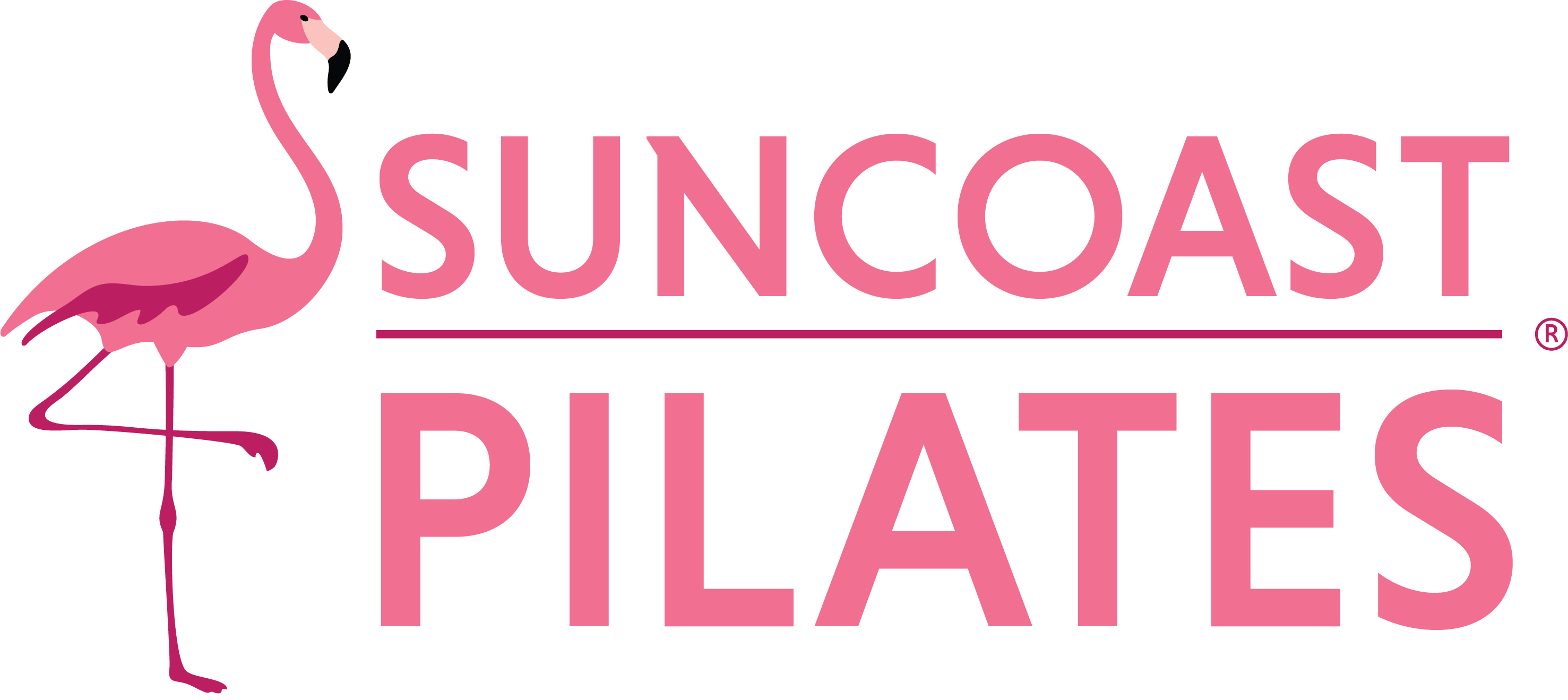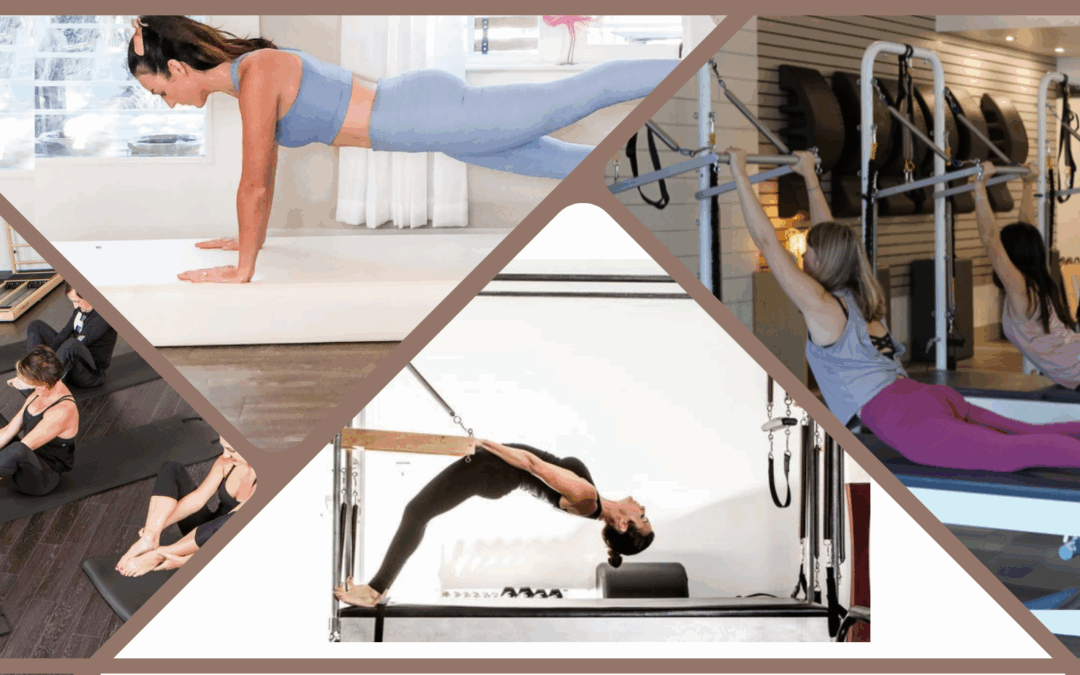Choosing the right Pilates class can be confusing at first. You’ve seen reformers in studio photos. Maybe you’ve heard of mat classes. Cadillac sounds more like a car than a piece of exercise equipment. So where do you begin?
At Suncoast Pilates, clients often ask: “Should I start on the mat or jump into reformer sessions? What’s the Cadillac used for? Is one better than the other?”
Here’s how they differ, how they overlap, and how to pick what’s right for you.
What is Mat Pilates?
Mat Pilates uses your bodyweight as the main resistance. The session happens on a padded mat, either on the floor or on a raised table in some therapeutic settings.
You’ll move through classic sequences that target the hips, spine, and core. This method works well for people who want to build awareness of their movement. It’s also useful for those who travel or want to practice home pilates.
Mat can be challenging. Without straps or springs, the body has to do all the work. That’s good, but not always the best place to start for everyone. Especially if you’re managing pain, recovering from injury, or working around stiffness.
What is Reformer Pilates?
The reformer is the most well-known Pilates machine. It uses springs, a gliding carriage, and adjustable straps to create a smooth flow of resistance.
You’ll lie down, kneel, or sit depending on the exercise. Instructors guide you through movements that are low-impact but deeply effective. You get support where you need it. You get feedback from the machine. You feel where your body is strong and where it needs more control.
This is a great option for beginners. It’s also popular with athletes, older adults, and anyone who wants personalized instruction in a safe, structured setting.
What is Cadillac Pilates?
The Cadillac is a larger piece of equipment with a raised table and overhead frame. It includes bars, straps, springs, and push-through mechanisms that allow for even more movement variety.
The Cadillac is used often in private sessions. It helps with spinal mobility, joint care, and movement retraining. Many of the exercises feel like assisted stretching or therapeutic movement. Others are advanced and require strength and control.
For new clients dealing with chronic pain or specific injuries, the Cadillac offers a more supportive environment. It’s also great for those who need modifications or prefer slower progressions.
How They Compare
Each method has its strengths. Mat is accessible and simple. Reformer offers support and variety. Cadillac provides the most adaptability and precision.
If you’re doing home pilates and want to build consistency, mat can be a good starting point. If you want support from springs and an instructor guiding you through every step, reformer is a strong choice. If you need extra care or have specific needs, the Cadillac can meet you there.
The goal isn’t to pick just one and stick to it forever. It’s to find what works for your body right now—and grow from there.
What is the difference between mat, reformer, and Cadillac Pilates?
Mat Pilates uses only your bodyweight. The reformer adds spring resistance through a gliding platform and straps. The Cadillac supports a wider range of movements with overhead bars, push-through bar, springs and a raised platform. Each option works well depending on your goals, mobility, and fitness background.
FAQ
Which type of Pilates is best for beginners?
Reformer tends to be the best place to start. It gives the most support and guidance.
Is mat Pilates harder than reformer?
Mat can feel harder because you don’t have springs or straps helping you. But it depends on the movements and your body.
Can I do mat Pilates at home?
Yes. That’s one of its strengths. It doesn’t require equipment. But it helps to start with in-studio instruction to learn safe technique.
What is Cadillac Pilates best for?
It’s excellent for injury recovery, mobility work, and therapeutic movement. It’s also used in advanced programming.
Do I need to choose just one type?
No. Many clients rotate between them depending on how they feel and what they need that week.

